1. Seating
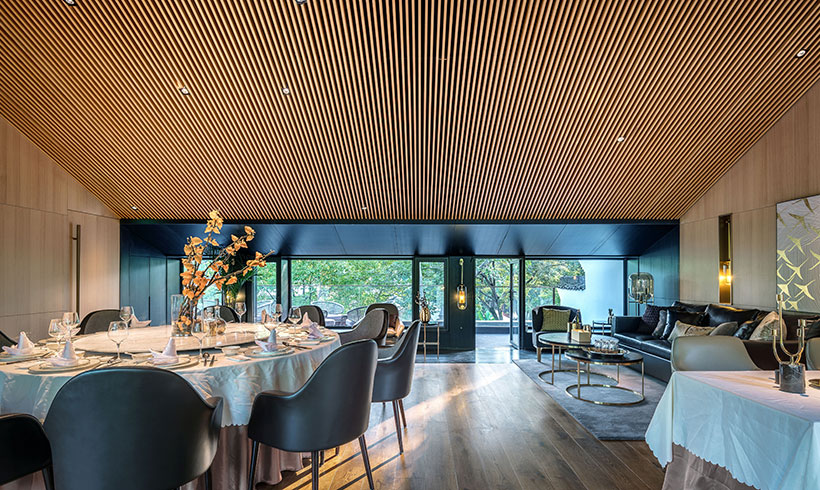
It’s common to sit around a circular table. The seat of honor is typically the one which faces the entrance, with the most important members being sat closest to it. You should always take a seat according to the arrangements made by the master of the banquet or the guest of honor. If sitting outdoors, the seat of honor is usually the one which faces east.
“Timing is an extremely important aspect of Chinese dining etiquette. You must always wait until the elder or guest of honor is seated before sitting down yourself. Also, it is imperative that you do not start to eat until the guest of honor has begun eating or stated ‘let’s eat’,” says Frederick Williams, a travel writer at Brit student and Next Coursework.
2. Tea
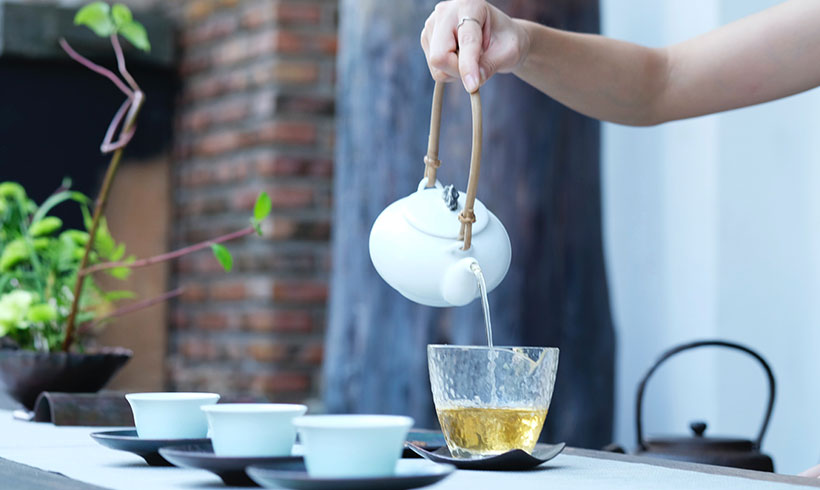
Traditionally, tea is served as soon as you are seated in a Chinese restaurant. It is generally agreed that warm drinks are a preferable accompaniment to meals because they facilitate digestion. Once all cups have been filled, the tea pot is then left on the table for guests to serve themselves as they wish.
It is polite to thank someone if they pour tea into your cup. Using your first two fingers, you can gently tap the table two to three times as a gesture of thanks, as well as using it to signify that they can stop pouring.
3. Serving Food
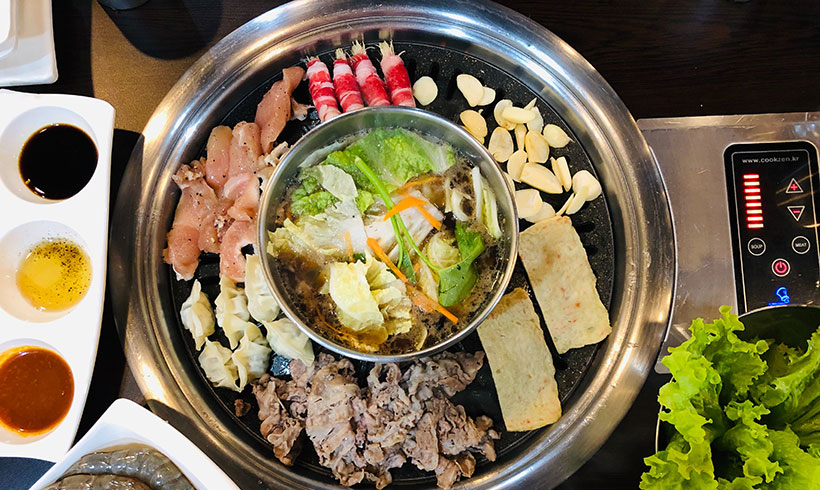
Contrary to Western meals and restaurants, Chinese dishes are served and offered with the intention of being shared between all members seated at the table. Food is usually presented on large platters and prepared into either an easy to portion manner which can be easily shared, or into bite-sized pieces.
Generally, you should use the communal chopsticks that come with the serving platter to serve yourself but eat with your own set. In many instances, dishes are served on round tables which have a rotating table top so that you can spin it around and reach all dishes. However, it’s essential that you make sure no-one else reaching for food before you spin the table.
Similarly, it’s considered good manners to fill your bowl with rice and to offer to fill the bowls of elders with rice, as well as offering them the food from the dishes before serving yourself. If an elder refill your bowl, remember to always thank them.
4. Using Chopsticks
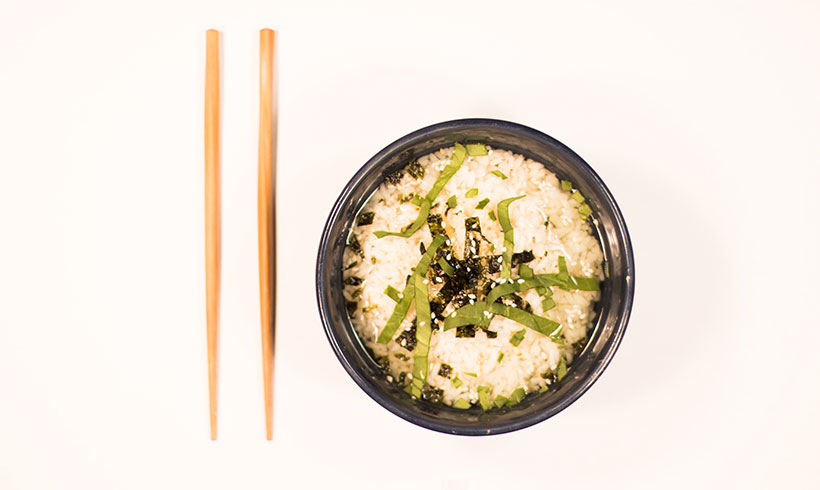
When using chopsticks, it’s essential that you never place them vertically into food, particularly rice. This is considered bad manners and bad luck because it is reminiscent of funerals. Waving your chopsticks or using them to skewer or stab food is also considered a sign of poor etiquette. Avoid using them to point at another person as this is considered a sign of aggression and is highly disrespectful.
It is considered impolite to drop food, so ensure that you apply a firm, secure grip when using chopsticks to eat. Knives are rarely available in Chinese restaurants. However, forks and spoons are usually available upon request, and an acceptable choice, if you are not skilled or comfortable using chopsticks.
5. Eating Etiquette
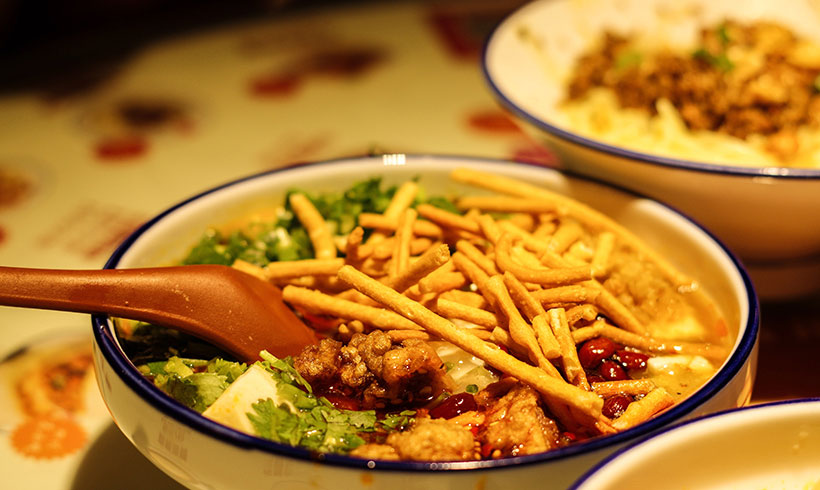
It’s considered polite to bring your bowl towards your mouth when eating. You can place your index, middle and ring fingers on the bottom ridge of the bowl and place your thumb on the top rim to hold it without burning your fingers. Hunching over your bowl is not only considered bad posture and poor manners, but it is also likely to lead to digestive discomfort due to a cramped stomach. Eat small amounts at a time and make sure that you don’t talk with your mouth full as this is considered bad manners.
Conclusion
As with any other dining occasion, the key is to remember to use basic manners. Be considerate of others and ask before taking the last food on a dish, be polite and courteous. Above all, remember savor the food and enjoy the experience!

GUEST POST
by Michael Dehoyos
Michael Dehoyos is an accomplished lifestyle writer and editor Dissertation writing service and Write my research paper, where he works closely with companies of all sizes to improve their marketing strategy concepts. He regularly writes articles for Origin Writings, as well as having contributed to numerous other websites and publications. In his spare time Michael enjoys traveling and immersing himself in the culture and cuisine of the places he visits.


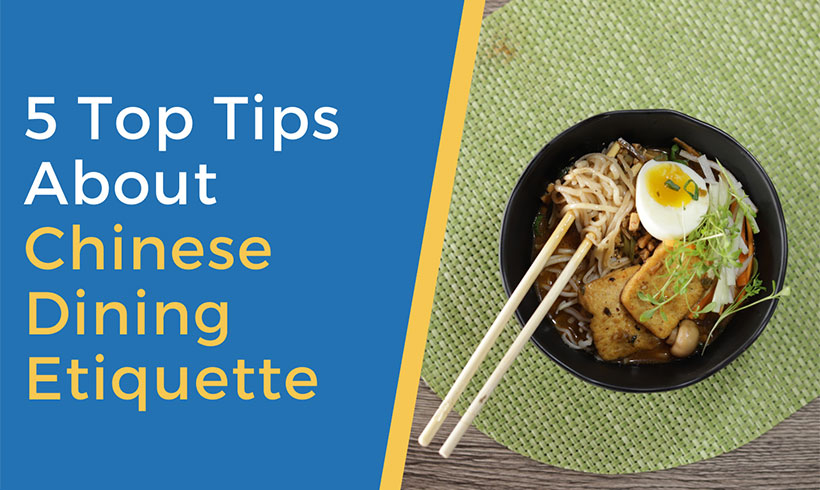






0 Comments